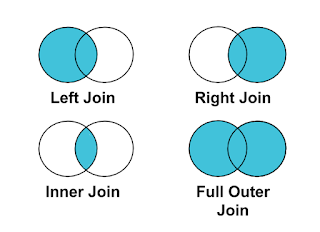Quick Measures in Power BI
What if I told you there's no need to write laborious DAX expressions in Power BI? Doesn't that sounds great? I personally enjoy writing the DAX expressions from scratch because it helps to get to know the data well and you can tailor your calculations. But if you don't like writing the DAX expressions from square 1 then you should consider "Quick Measures". Power BI always makes your task easy in visualizing your data and quick measures are something that helps you to create measures in few seconds.
Doesn't that sound amazing? Yeah!! As the name suggests creating measures just by dragging and dropping is an accentuating feature of quick measures. I consider it to be the future of measures in Power BI. In this blog, I will showcase step by step process to create quick measures. I will be working on the Sample Superstore data.
You can find the quick measures right next to the new measure on the top or else you can right-click any of the available table options and you can easily find new quick measures. After selecting the quick measure you will land upon a toggle that will highlight all the measures available for your current dataset.
After digging the time intelligence functions let's move to running total. Running total is sometimes called cumulative total. The process is quite similar to the time intelligence function. After selecting ruuning total in the calculations you need to drag the average of sales and order date.















Comments
Post a Comment